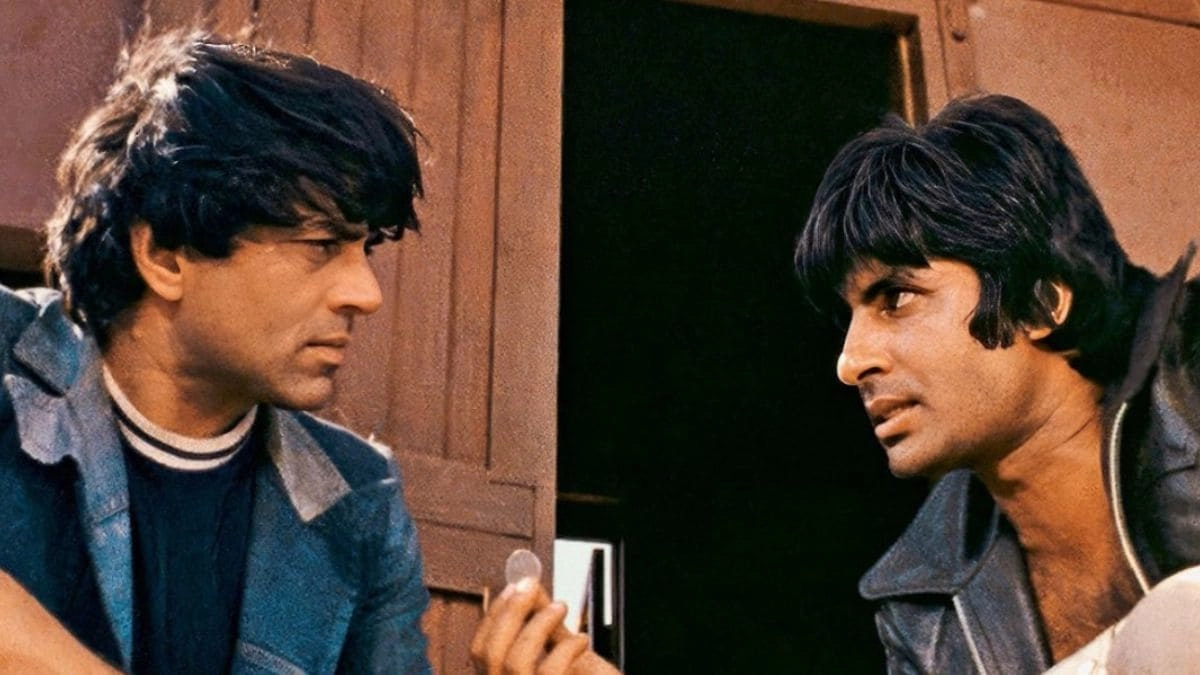“Sholay,” the iconic Indian film released in 1975, is often celebrated as a classic in the annals of cinema, but its initial reception in Pakistan a decade ago tells a different story. Upon its release, “Sholay” failed to resonate with Pakistani audiences, leading to a disappointing box office performance. One of the primary reasons for this lackluster reception was the cultural and political climate of the time. In the years leading up to its release, Pakistan was navigating complex socio-political challenges, which influenced the viewing preferences of its audience. The film’s themes, heavy with friendship, revenge, and the battle between good and evil, may not have aligned with the contemporary narratives that Pakistani viewers were seeking.
Moreover, the film’s portrayal of certain characters and its dramatic storytelling style, which was celebrated in India, did not strike a chord with the Pakistani audience. The humor and dialogues that made “Sholay” endearing in India were perhaps lost in translation, and cultural nuances were overlooked. Additionally, the film’s length and pacing might have tested the patience of viewers accustomed to a different cinematic rhythm. The Pakistani film industry was also facing challenges of its own, producing content that often catered more closely to local tastes, which made it difficult for an Indian blockbuster to carve out a significant space.
The competition from local films during that period added to “Sholay’s” struggles. With a burgeoning film industry producing movies that reflected the socio-cultural realities of Pakistan, audiences were drawn to stories that resonated more intimately with their experiences. The lack of promotion and the political tensions between India and Pakistan also played a role in shaping public perception, leading to an environment where an Indian film was met with skepticism rather than enthusiasm.
Ultimately, the initial failure of “Sholay” in Pakistan serves as a reminder of how external factors, including cultural relevance and political sentiment, can significantly impact a film’s reception. While the film has since achieved legendary status and is revered for its contributions to cinema, its debut in Pakistan highlights the complexities of cross-border cultural exchanges and the varying contexts that shape audience reactions. It is a testament to how cinema is not just an art form but also a reflection of societal values and emotions, which can vary widely from one region to another.




